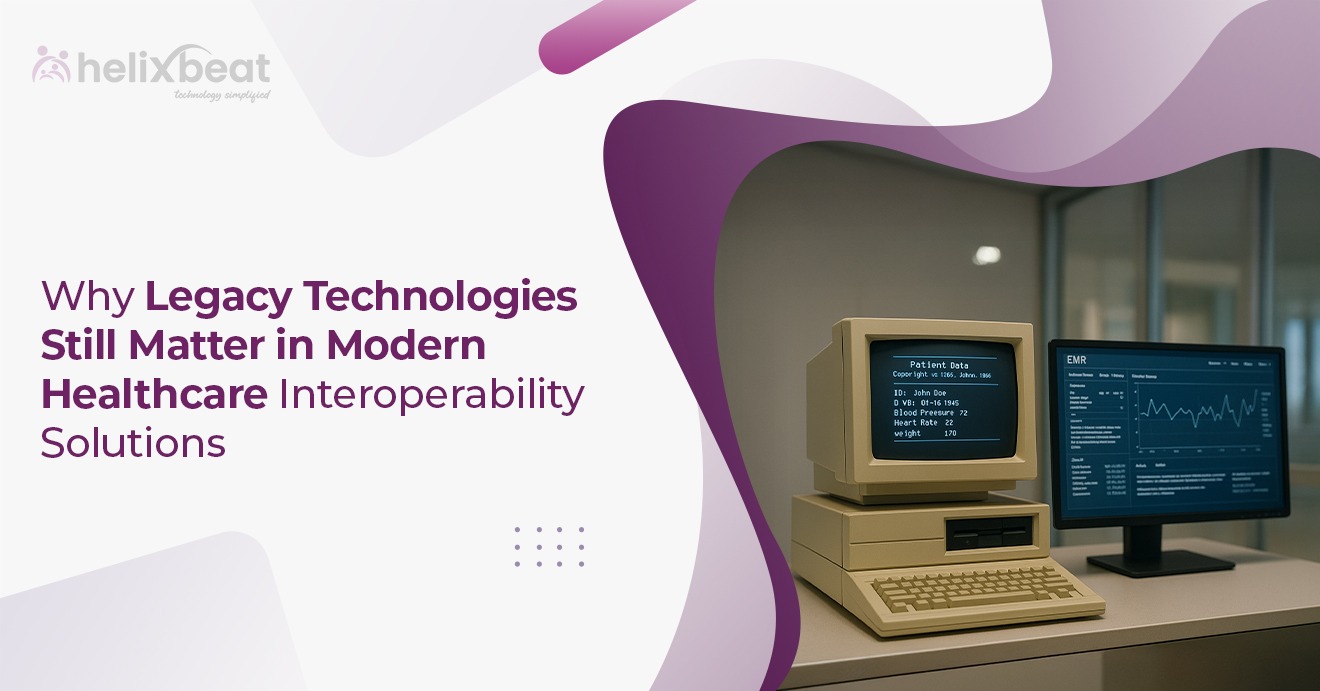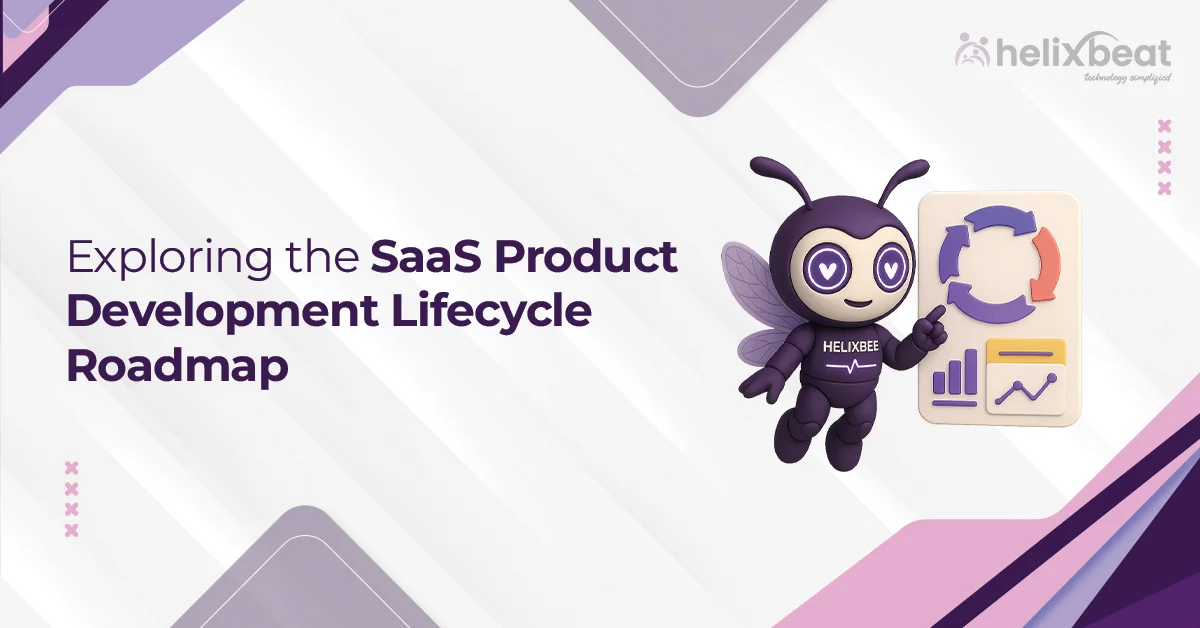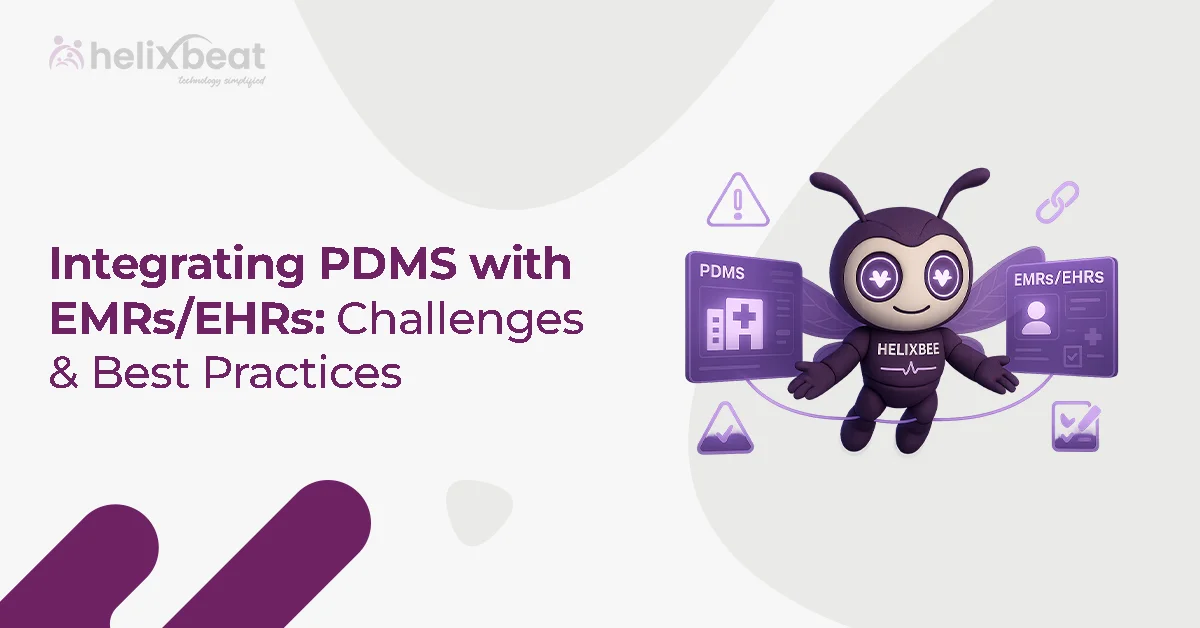Healthcare technology is evolving rapidly, and innovations like AI-driven diagnostics and cloud-based health platforms often grab the spotlight. Yet, legacy technologies continue to play a key role—especially in healthcare interoperability. These foundational systems are still very important for real-time data sharing in healthcare, supporting patient care, and optimizing operations across the board.
In this blog, we’ll discuss why legacy technologies still matter and how they integrate with modern solutions to create effective, efficient healthcare interoperability.

Table of Contents
Legacy Technologies: A Brief Overview
Legacy technologies refer to the older software, hardware, and infrastructure systems that healthcare organizations have relied on for years. These include:
- Traditional Electronic Health Record (EHR) systems built before cloud computing.
- Health Level Seven (HL7) messaging standards.
- Older database management systems.
- Legacy interfaces and communication protocols.
- Mainframe computers processing large data volumes.
While these may sound outdated, many hospitals and clinics still operate using these systems to manage patient data, schedule appointments, and facilitate billing.
Why Legacy Systems Are Here to Stay
1. Widespread Deployment and Critical Role
Legacy systems underpin many core healthcare processes today. Replacing them outright is not always feasible due to cost, complexity, and operational risk. For example, a hospital’s patient management system or radiology information system built on legacy platforms often runs mission-critical operations. These systems process huge amounts of data daily, and switching to new platforms without interruption is challenging.
In fact, studies estimate that over 50% of healthcare organizations still rely heavily on legacy systems for key functions.
2. Robustness and Proven Stability
Legacy technologies have been battle-tested for years. Their stability, reliability, and predictability make them trustworthy workhorses. Unlike some new solutions that may still have bugs or scalability issues, legacy systems have matured through continuous updates and refinements. This proven robustness is valuable in healthcare settings where downtime or errors can have serious consequences.
3. Cost-Effectiveness Over Replacement
Replacing legacy systems outright can be expensive, involving significant investment in new hardware, software licenses, staff training, and workflow redesign. For many healthcare providers, incremental modernization—integrating legacy tech with newer solutions—is a more affordable and pragmatic approach.
How Legacy Technologies Can Fit into Modern Interoperability Solutions
1. Using Standardized Messaging Protocols
Legacy healthcare systems often rely on standards like HL7 v2, which has been a backbone for health data exchange for decades. HL7 v2 messages facilitate communication between legacy EHRs, lab systems, pharmacy applications, and newer platforms.
Modern interoperability solutions support these protocols to bridge old and new worlds. For example, AERIS translates HL7 messages from legacy systems into FHIR (Fast Healthcare Interoperability Resources), facilitating real-time updates and smoother workflows.
2. Middleware and Interface Engines
Middleware acts as the translator and broker between legacy and modern systems. Interface engines collect data from various sources, convert formats, and route information correctly.
By using middleware, healthcare providers can leverage their existing legacy investments while introducing new interoperability capabilities. This layered approach accelerates real-time data sharing in healthcare without the need for disruptive system replacements.
3. Data Warehousing and Integration Platforms
Legacy systems often feed into centralized data warehouses or integration platforms. These platforms aggregate data from multiple sources—legacy and modern—enabling comprehensive patient records and analytics.
Real-time integration platforms can pull live data from legacy databases, apply transformation rules, and distribute it to clinical applications, portals, and dashboards, supporting clinicians with timely information.
Benefits of Legacy Integration in Interoperability
1. Improved Clinical Outcomes
When legacy data is accessible in real-time alongside data from newer systems, clinicians get a complete, timely view of a patient’s history. This reduces duplicated tests, prevents medication errors, and facilitates better diagnosis and treatment.
For example, integrating legacy lab systems with modern EHRs allows test results to be instantly available to physicians, speeding up critical decisions.
2. Streamlined Administrative Processes
Legacy billing, scheduling, and patient registration systems often remain in place because they are deeply embedded. Interoperability enables these legacy systems to communicate with new patient portals and mobile apps, improving patient engagement and operational efficiency.
3. Cost and Time Savings
Incremental modernization, enabled by integrating legacy tech, reduces the need for costly rip-and-replace projects. It also accelerates deployment timelines and reduces training burdens on staff who are familiar with existing systems.
Harmonizing Legacy and Modern Tech
The best healthcare interoperability solutions will seamlessly integrate legacy technologies with innovative digital platforms to facilitate real-time data sharing in healthcare. Some trends supporting this include:
1. Adoption of FHIR and API-Driven Architectures
Fast Healthcare Interoperability Resources (FHIR) is designed to make healthcare data more accessible and easier to share via web-based APIs. Many vendors now build FHIR APIs that wrap around legacy systems, enabling real-time, granular access to patient data.
2. Cloud Migration with Hybrid Models
Healthcare organizations are increasingly moving parts of their infrastructure to the cloud while maintaining legacy systems on-premises. Hybrid architectures support secure, scalable, and real-time data sharing across diverse environments.
3. Use of AI and Automation
AI-powered tools can analyze legacy data streams, automate data translation, and flag inconsistencies, thus enhancing the effectiveness of interoperability solutions.
AERIS: Bridging Legacy Systems and Modern Healthcare for Real-Time Data Sharing
Today, integrating legacy technologies with modern platforms is necessary. AERIS by Helixbeat is a powerful FHIR-based solution designed to connect diverse healthcare systems—including older, legacy infrastructure—facilitating real-time data sharing in healthcare with speed and security.
Built upon the widely adopted HL7 FHIR standards, AERIS serves as a bridge that allows healthcare providers, laboratories, pharmacies, and other stakeholders to exchange critical patient information instantly, regardless of the underlying systems. This capability is especially important as many organizations continue to rely on legacy technologies that hold vast amounts of patient data.
By leveraging AERIS, healthcare organizations can overcome the fragmentation caused by legacy systems and unlock the full benefits of real-time data sharing in healthcare.
Final Thoughts
Legacy technologies remain deeply woven into healthcare operations. Rather than viewing them as outdated obstacles, the healthcare industry benefits by recognizing their enduring value and incorporating them thoughtfully into interoperability strategies.
By integrating legacy systems with AERIS, healthcare organizations unlock the potential for real-time data sharing in healthcare. Discover how AERIS can transform your data exchange workflows and drive the future of healthcare interoperability.
FAQs
1. Why is it important to integrate legacy systems with modern healthcare solutions?
Since legacy systems contain vast amounts of patient data and support critical functions, integrating them with modern platforms allows real-time data sharing without disrupting existing workflows or requiring costly replacements.
2. How do legacy technologies affect real-time data sharing in healthcare?
Legacy systems often hold valuable data but may use outdated formats. Through solutions like AERIS, legacy data can be accessed and shared instantly, which supports real-time clinical decisions and care coordination.
3. How do standards like HL7 and FHIR help bridge legacy and modern systems?
HL7 v2 has long been used by legacy systems for messaging, while FHIR provides modern, API-driven interoperability. AERIS translates between these standards to enable smooth communication and real-time data exchange.
4. Is it cost-effective to keep legacy systems while upgrading interoperability?
Yes. Incremental modernization that integrates legacy systems with new technologies is often more affordable and less disruptive than a full system replacement.
5. What future trends are shaping the integration of legacy technologies in healthcare interoperability?
Trends include wider adoption of FHIR APIs, hybrid cloud architectures, AI-driven data processing, and low-code integration platforms that make connecting legacy systems easier and more efficient.














